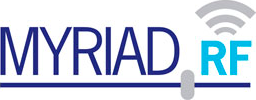Benku,
If you were a part of the original group of backers and purchased a LimeSDR during the ‘Early Bird’ or during the run of the funding campaign, then you’ll receive a LimeSDR in late November or early December. I believe you still can purchase LimeSDR boards from: https://www.crowdsupply.com/lime-micro/limesdr as a pre-order, but the price will be $289. During the funding campaign, the price was lower. Hope this helps, and thanks for writing.
